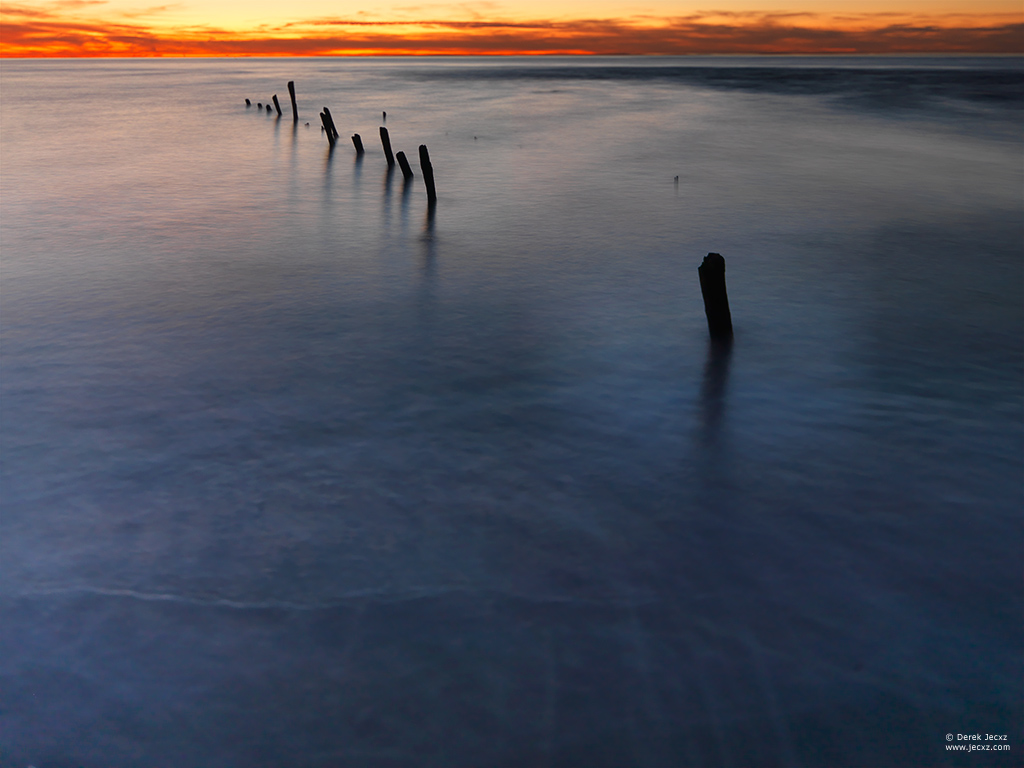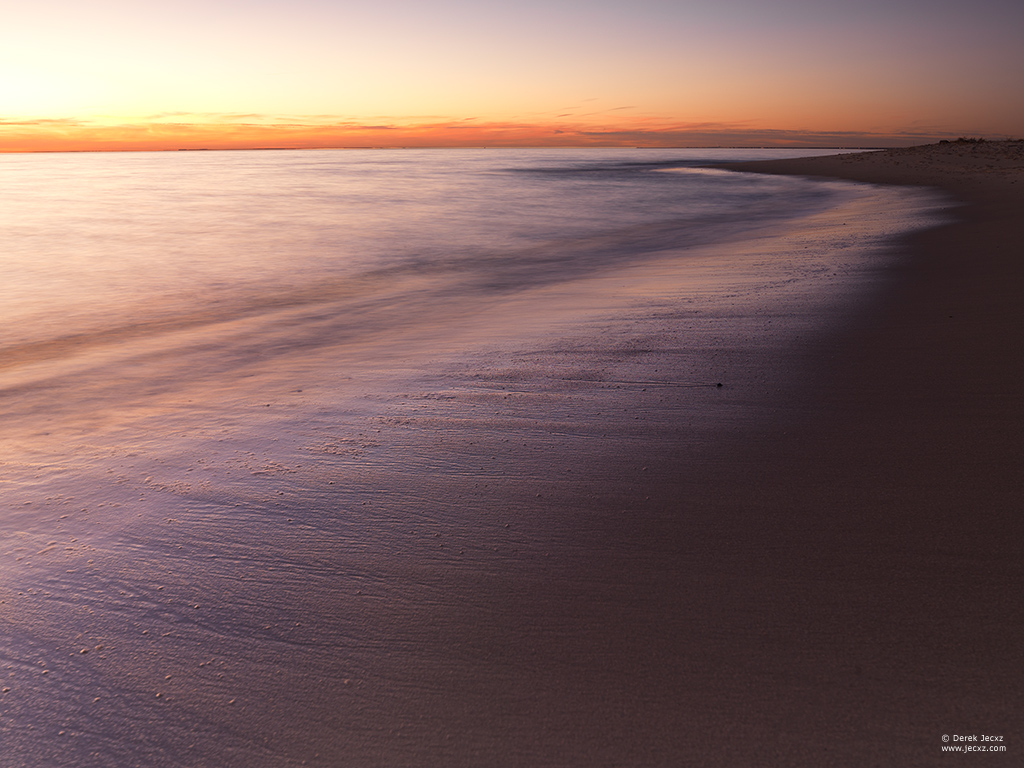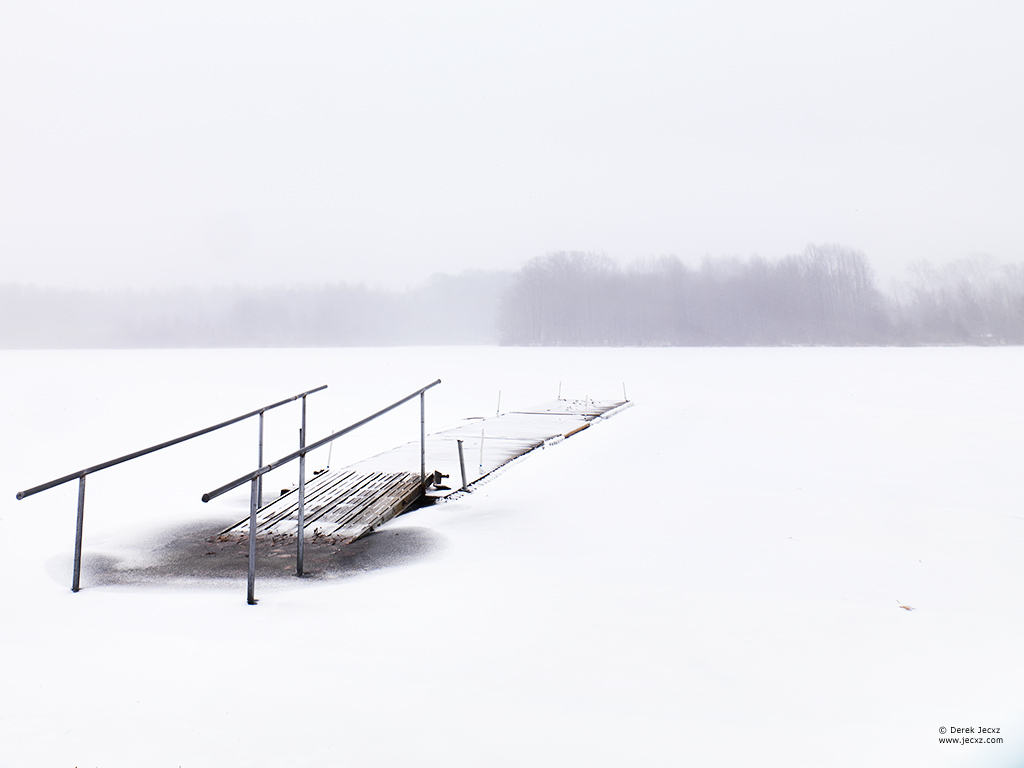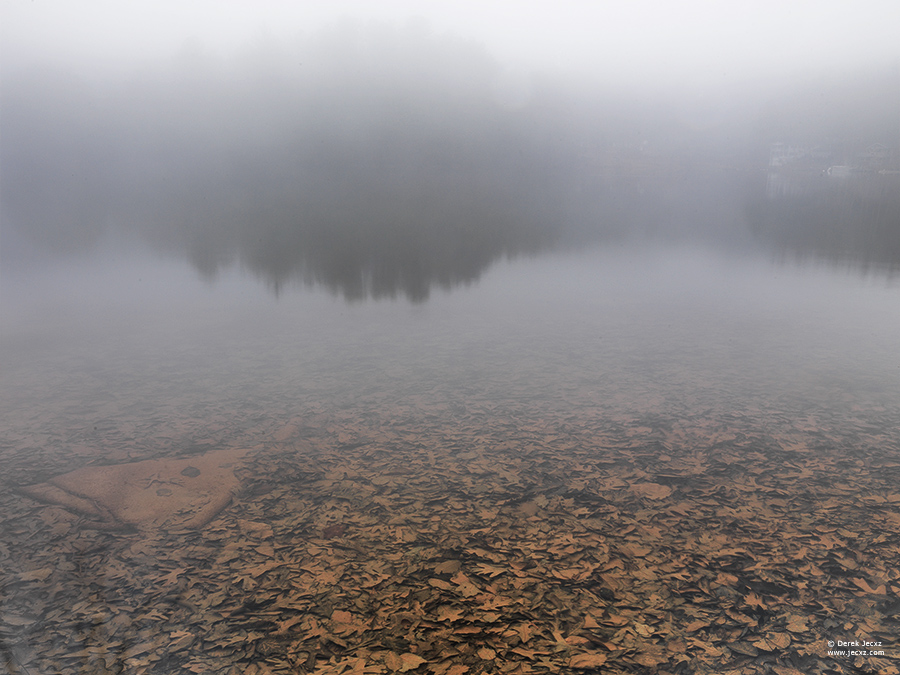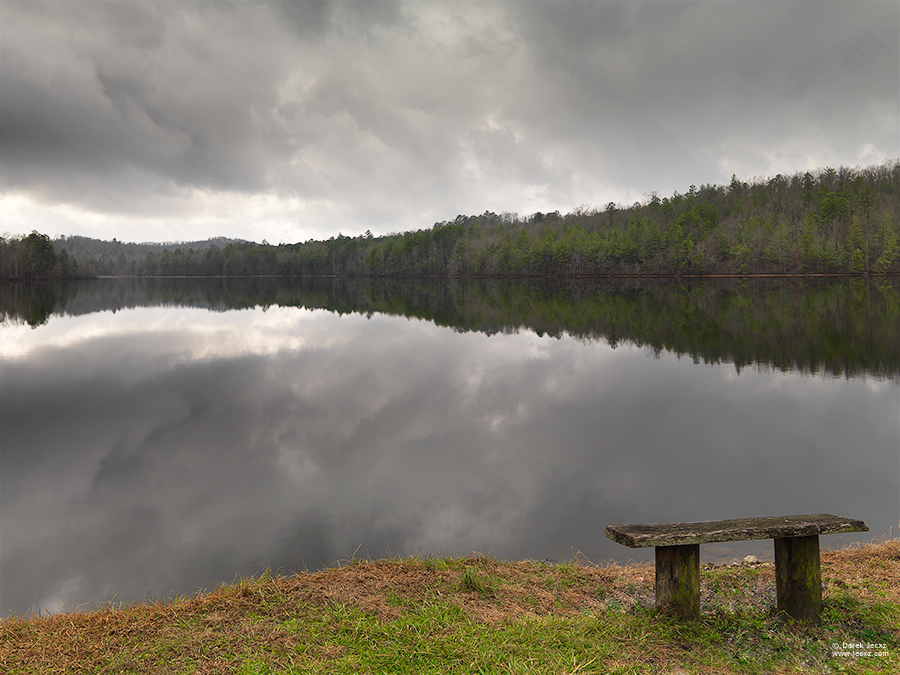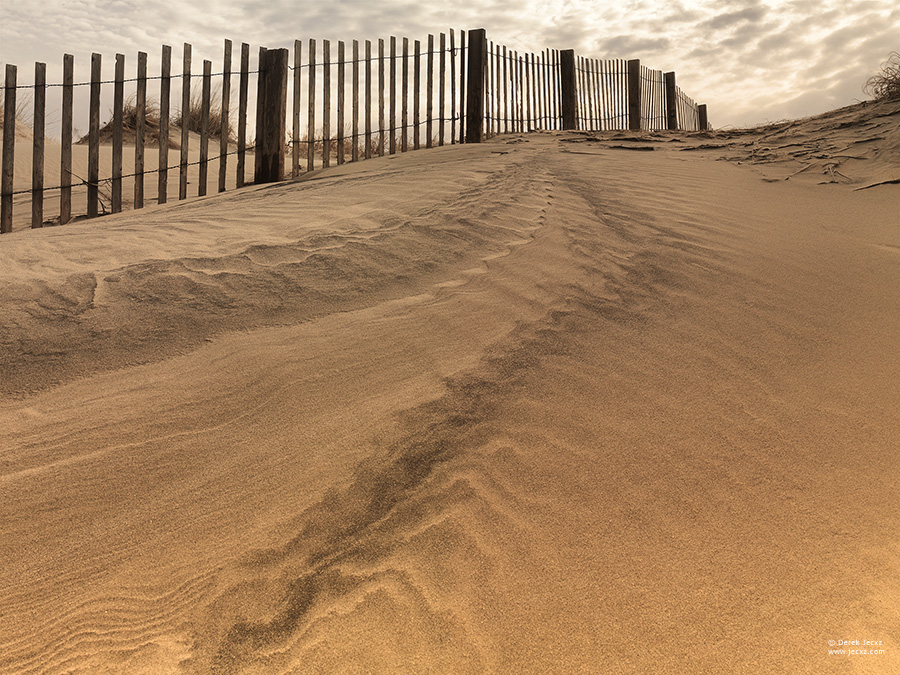johnnygoesdigital
New member
I'm curious if anyone has used the HTS 1.5 for landscapes and if so, what kind of results. I understand that the 28mm effectively becomes a 43mm using this, but is there enough movements to justify the cost or should one have better results with a 4x5 with larger movements? Also, can Photoshop CS5 alleviate these concerns using free transform and pano programs because the ease of digital seems prudent.

